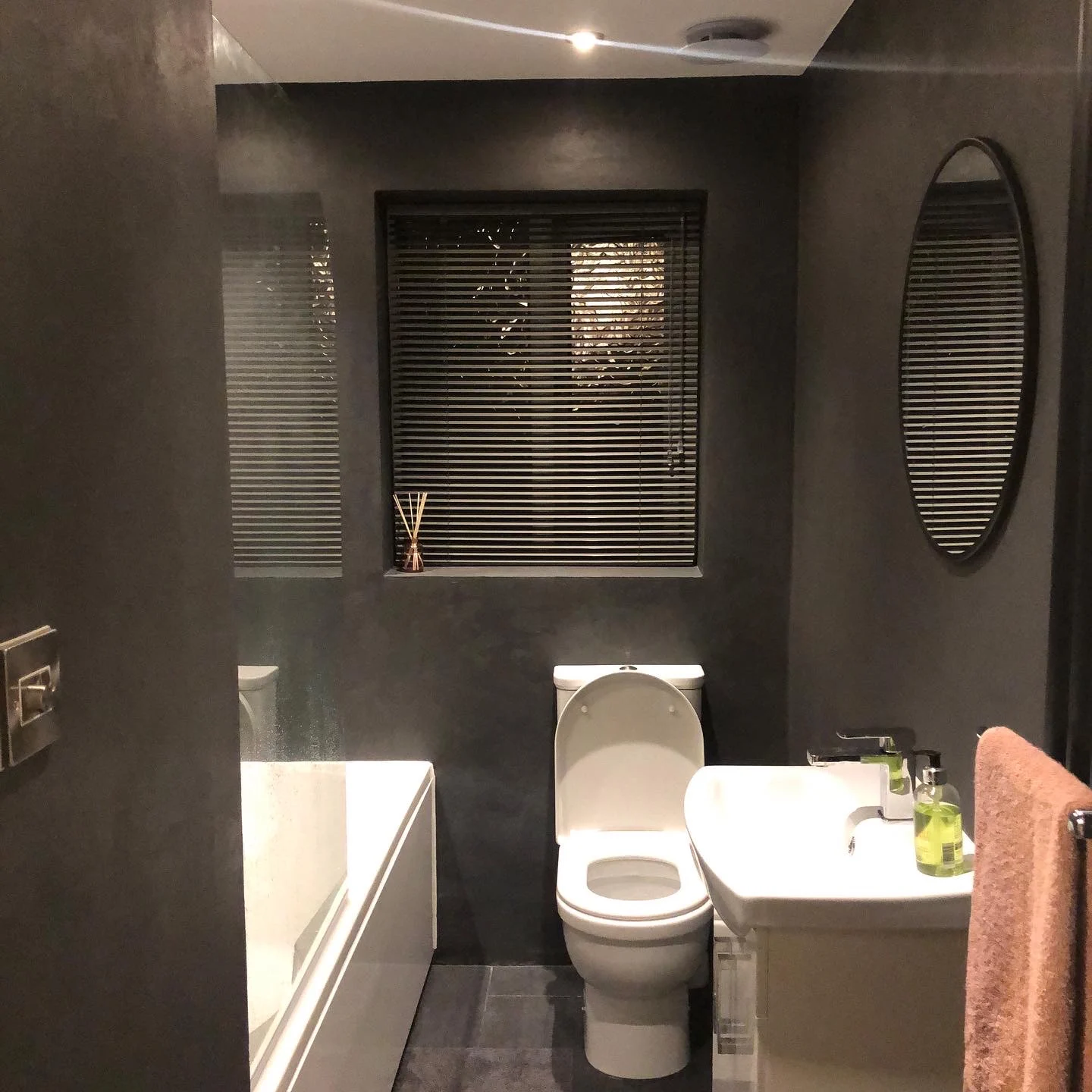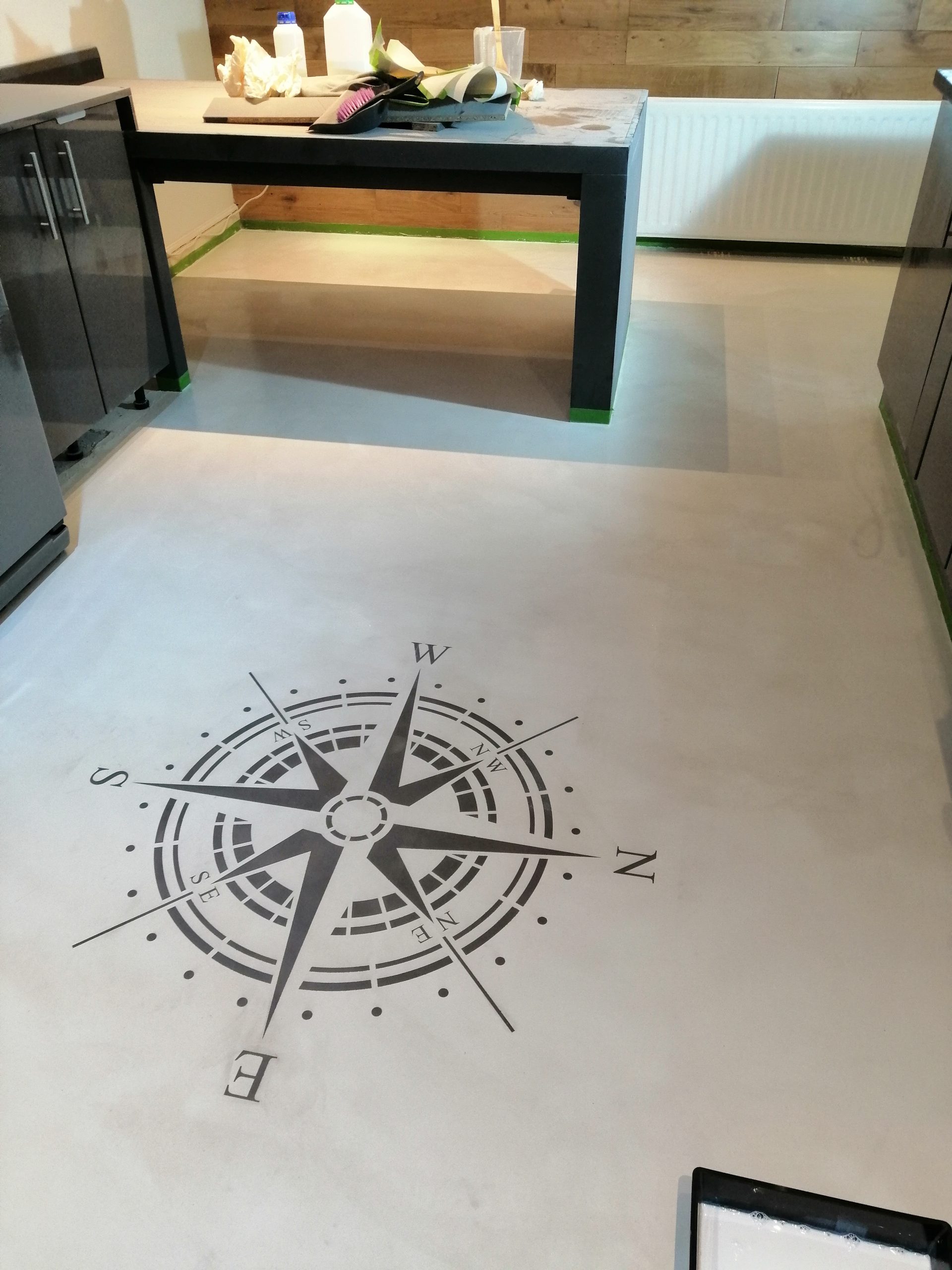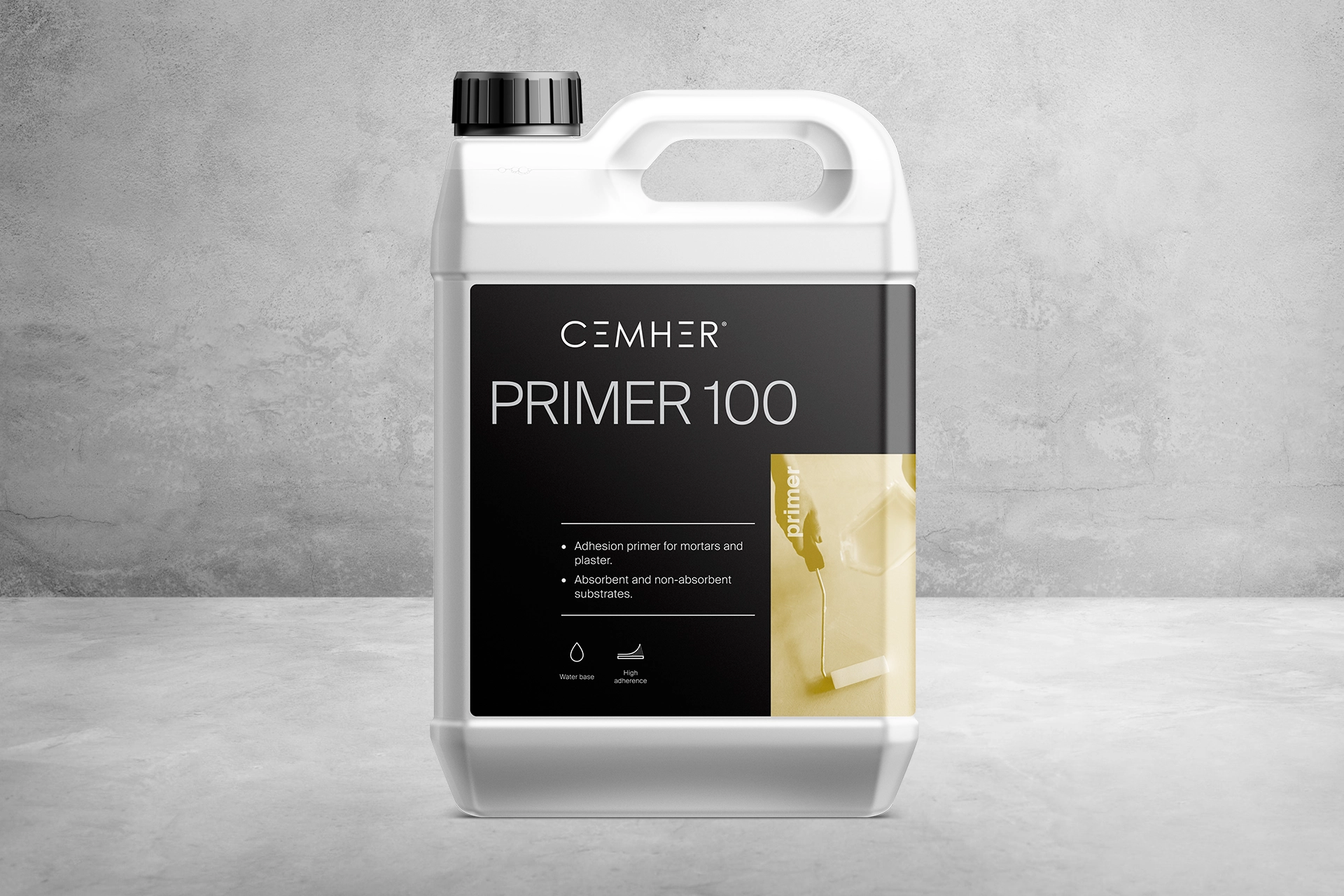Uses / Areas of Application
Impripox is primarily used in alongside fibreglass mesh and quartz sand to offer a strong, impenetrable surface to which microcement can be applied. This is the system that we recommend for all boarded and tiled floors.
Using it on well consolidated floors will significantly reduce the chances of cracks occurring in the future and of unseen stains in the subfloor transferring through to the surface.
It has extremely high strength and adhesion, making it suitable for stitching and filling cracks in concrete substrates.
Impripox acts a vapour barrier, blocking stains and moisture from penetrating through the subfloor to the microcement.
Characteristics / Benefits
- Two-component epoxy resin primer
- 100% solids content
- High adhesion to the surface
- Excellent workability
- Application by trowel or roller
- Apply on tiles to avoid the ghosting of joints in the microcement
| Internal Floors & Worktops | |
|---|---|
| Process |
Apply 1 Coat of Impripox over Fibreglass Mesh Whilst wet, scatter quartz sand over the surface until saturated |
| Mix Ratio |
1l Impripox : 400ml Impripox Comp B 4l Impripox : 1.6l Impripox Comp B |
| Standard Consumption | 1l Impripox + 400ml Impripox Comp B per 5m2 |
| Estimated Drying Time |
Minimum 12 hours Maxium 36 hours before applying subsiquent coats |
| Tools Required |
Mechanical Mixer Clean Mixing Bucket Squeegee Trowel PPE |
Speedy Deliveries
The Relentless team complete all orders by hand and mix all colours to order. Our highly experienced warehouse team are incredibly quick at this. Plus, we hold a large amount of stock in the UK so that we can get products out to you within the following timelines:
- UK mainland: 1 – 3 working days
- Isle of Wight: 2 – 4 days
- Northern Ireland, Scottish Highlands, Off-Shore Islands: 5 – 7 days
Collect in Leeds
If you're local, you’re very welcome to collect your order from our warehouse in Leeds. Once you have placed your order we’ll contact you to let you know when it’s ready for collection.
You can view our delivery policy for more information on deliveries and collections.
-
Product Description
Uses / Areas of Application
Impripox is primarily used in alongside fibreglass mesh and quartz sand to offer a strong, impenetrable surface to which microcement can be applied. This is the system that we recommend for all boarded and tiled floors.
Using it on well consolidated floors will significantly reduce the chances of cracks occurring in the future and of unseen stains in the subfloor transferring through to the surface.
It has extremely high strength and adhesion, making it suitable for stitching and filling cracks in concrete substrates.
Impripox acts a vapour barrier, blocking stains and moisture from penetrating through the subfloor to the microcement.
Characteristics / Benefits
- Two-component epoxy resin primer
- 100% solids content
- High adhesion to the surface
- Excellent workability
- Application by trowel or roller
- Apply on tiles to avoid the ghosting of joints in the microcement
-
Installation
-
Specification
Internal Floors & Worktops Process Internal Floors & Worktops: Apply 1 Coat of Impripox over Fibreglass Mesh
Whilst wet, scatter quartz sand over the surface until saturatedMix Ratio Internal Floors & Worktops: 1l Impripox : 400ml Impripox Comp B
4l Impripox : 1.6l Impripox Comp BStandard Consumption Internal Floors & Worktops: 1l Impripox + 400ml Impripox Comp B per 5m2 Estimated Drying Time Internal Floors & Worktops: Minimum 12 hours
Maxium 36 hours before applying subsiquent coatsTools Required Internal Floors & Worktops: Mechanical Mixer
Clean Mixing Bucket
Squeegee Trowel
PPE -
Shipping
Speedy Deliveries
The Relentless team complete all orders by hand and mix all colours to order. Our highly experienced warehouse team are incredibly quick at this. Plus, we hold a large amount of stock in the UK so that we can get products out to you within the following timelines:
- UK mainland: 1 – 3 working days
- Isle of Wight: 2 – 4 days
- Northern Ireland, Scottish Highlands, Off-Shore Islands: 5 – 7 days
Collect in Leeds
If you're local, you’re very welcome to collect your order from our warehouse in Leeds. Once you have placed your order we’ll contact you to let you know when it’s ready for collection.
You can view our delivery policy for more information on deliveries and collections.
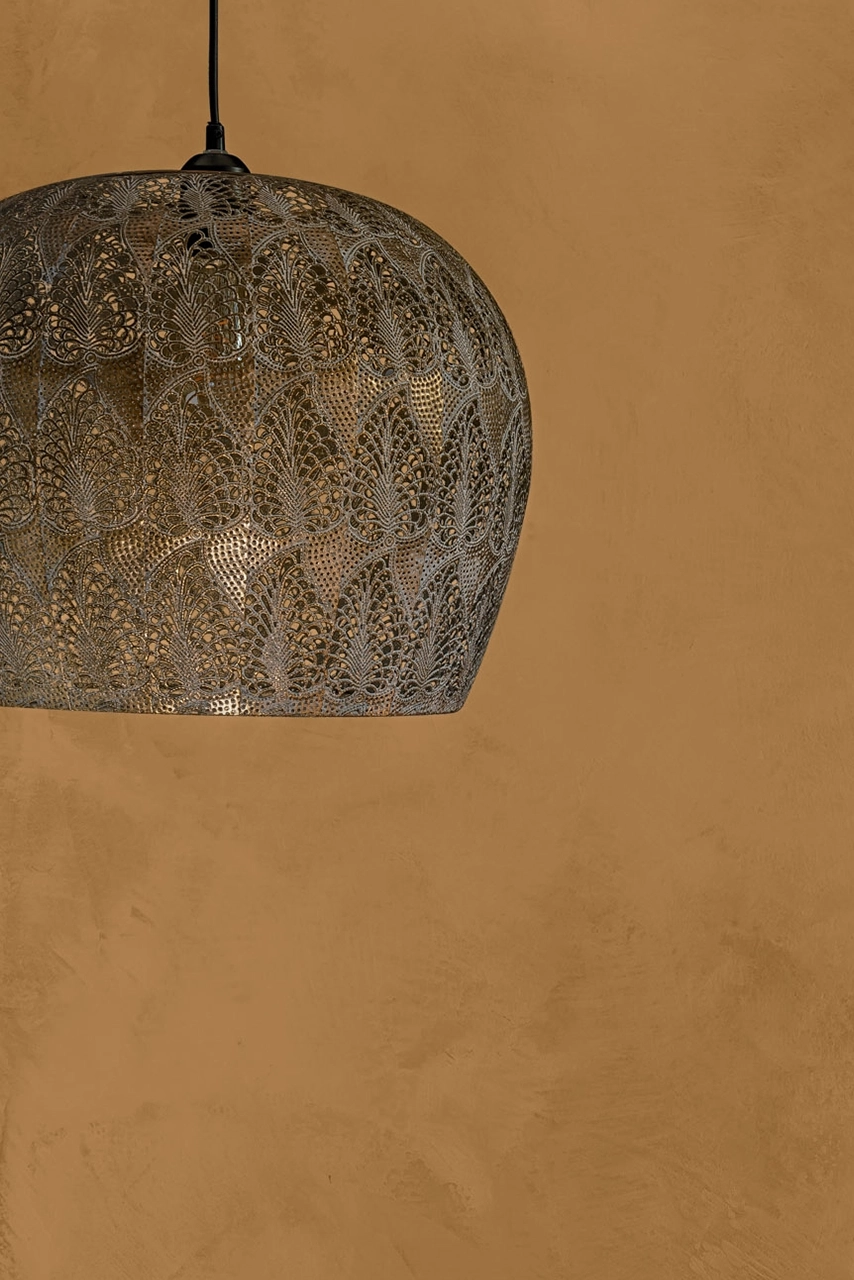
50+ Colours, Effects and Finishes
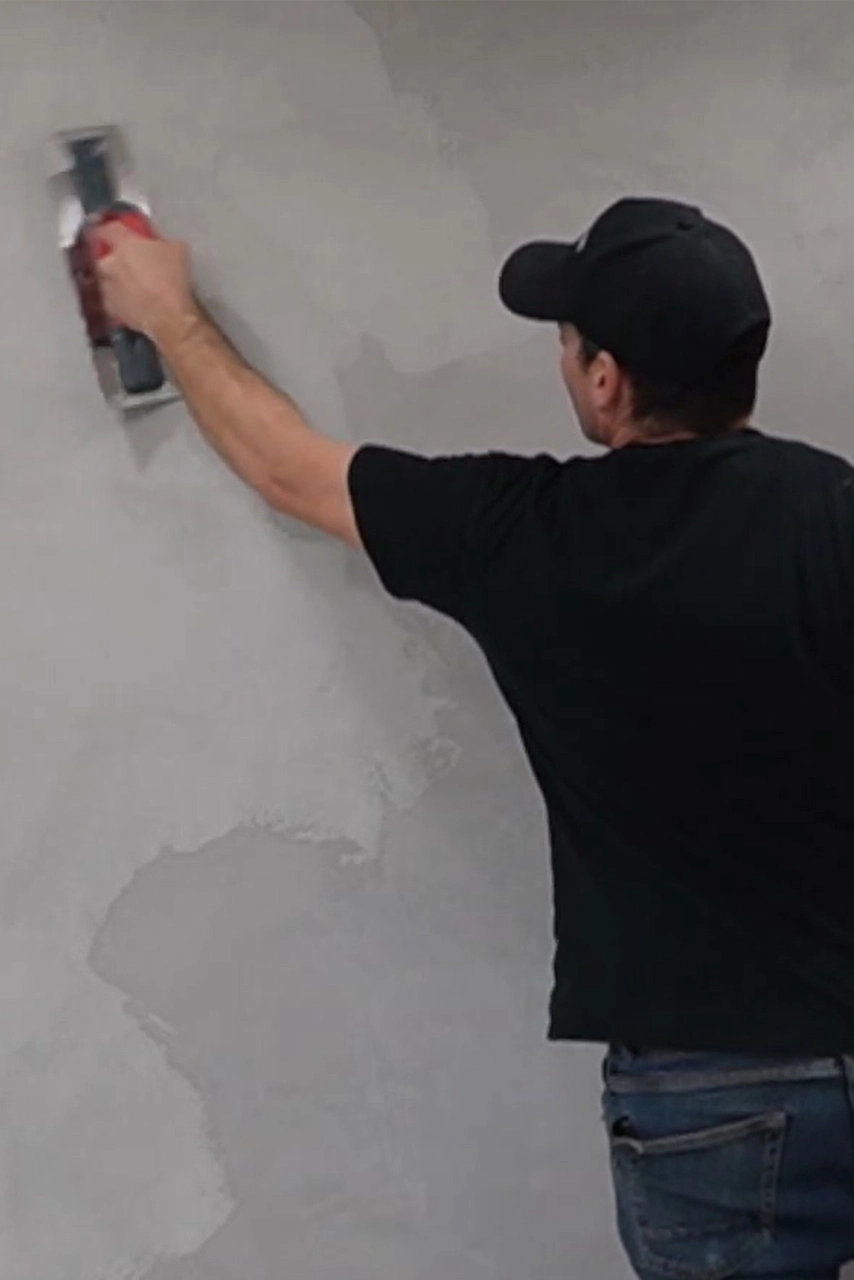
Free Online Microcement Training Course
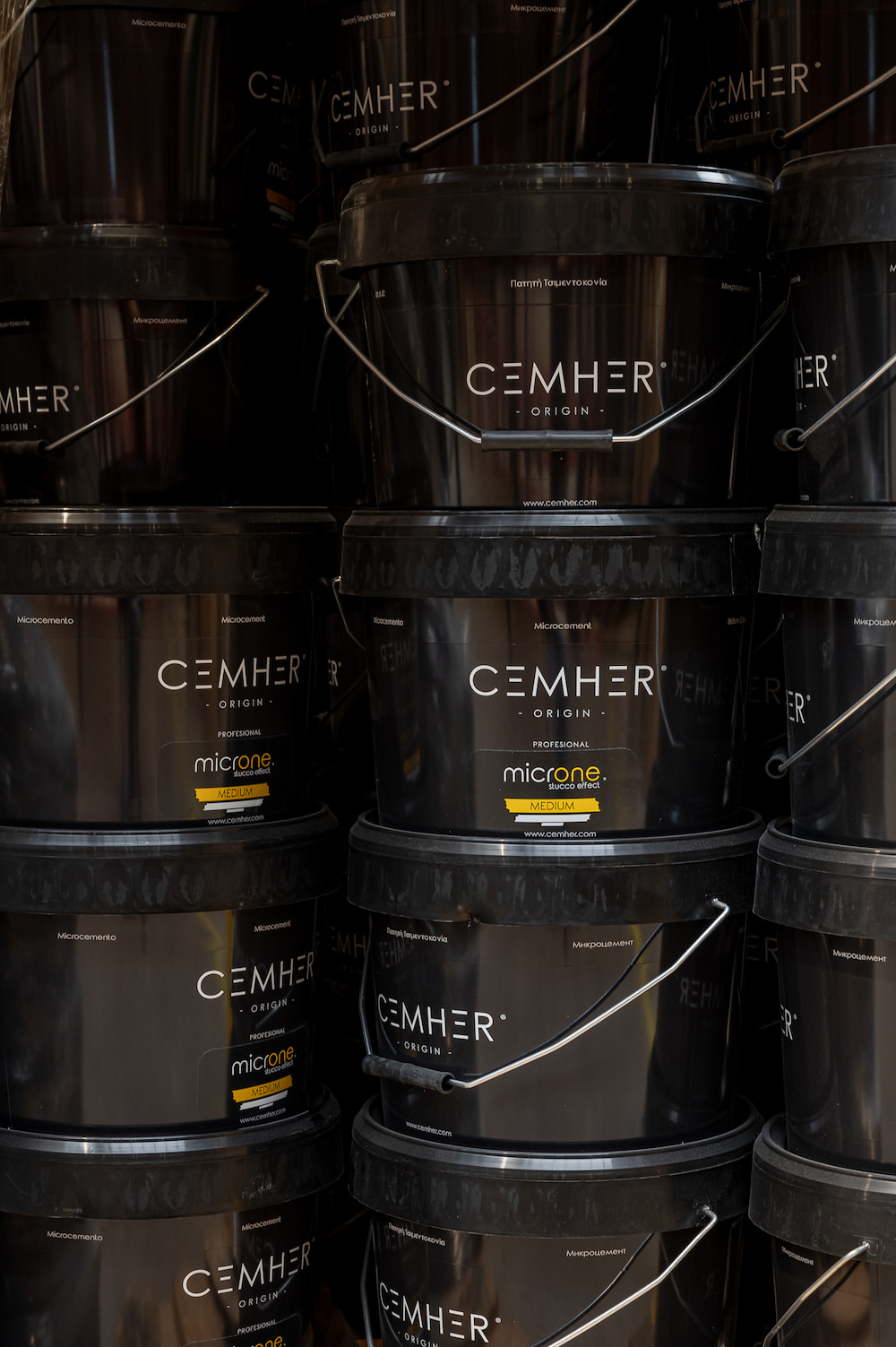
UK Stock For Fast Delivery
would not hesitate to recommend.
Excellent service and a lot of help when ordering for the first time. Communication was excellent and our bathroom looks superb. Has been on over 4 months now and no issues at all. Will be ordering again and would not hesitate to recommend
Loved the product.
Loved the product. Service was great to. Also training video was very helpful. My first full wet room installation. Will be ordering more shortly for another project.
Will definitely use again
I’ve used the Pro Worktop microcement kit on a couple of jobs now and am very impressed with it. The instructional videos were great and process was pretty straightforward. Took a bit of time to get a nice crisp edge and corners but worth the effort as it looks great. I found that I only had about half an hour to work with the gear once mixed before it started to drag (I think the resin starts to get sticky a bit sooner than I expected) but with that in mind it’s easy to work around. Stain resistance was perfect after the topcoat (although at that point the surface still absorbs water, just doesn’t stain) and then the sealant kept any liquid out. Try and get it as flat as possible so you don’t need much sanding as it dries extremely hard! Will definitely use again
Microcement was the perfect solution to our kitchen island dilemma
Relentless Microcement provided an extremely efficient service and provided helpful samples so we could make up our mind over the colour. Microcement was the perfect solution to our kitchen island dilemma and we loved it so much we also re-did our en-suite with the same product! Highly recommended as both a product and a company.
Excellent product
Excellent product with great customer services
I will be using relentless again and again
Great comms great efficient service quality products I will be using relentless again and again 👍
the results speak for themselves
I’m extremely happy with the product from relentless microcement, I’m a professional plasterer and wanted to do something special on my own place and the results speak for themselves will highly recommend them to clients and other plasterers.
Really good product
Really good product and found the medium coat much smoother and easier to apply then previous products I have used. Also delivery was on time and reasonable.
very helpful
Great very helpful looks fab
really helpful and friendly and open to feedback.
he support I got from the company was great, really helpful and friendly and open to feedback. I was very happy with how my project turned out: kitchen counters and backsplash with DIY microcement kit on MDF and plywood. 6months in and it’s holding up well, and looks great. Would definitely recommend if you’re looking for something different.
Customers Also Bought
Frequently Asked Questions
-
Will I/my plasterer be able to apply the microcement?
Literally 1000’s of DIYers and Trades People, who have never used microcement before, have completed successful installs, with the help of our free online training and surface prep guides.
The process & technique are very similar whichever kit you choose, but each kit contains slightly different products with small differences to make it more suitable for the end use.
As long as you follow all the steps, without rushing the drying times or going on too thick with the products, then we’re confident you’ve got what it takes.
-
Do you provide microcement training?
Yes, we are committed to providing the highest quality training and support for our customers. We offer free, comprehensive online training courses and bespoke on-site training that cover everything from the basics of application to advanced techniques and finishes.
Our training courses are led by our experienced and knowledgeable instructor, Richie, who has years of experience working with microcement. He’ll guide you through every step of the application process, from surface preparation to final sealing, ensuring that you have the skills and knowledge needed to create stunning microcement surfaces.
In addition to our training courses, we also provide ongoing support and guidance for our customers. Our team of experts is always available to answer your questions and provide advice on everything from product selection to application techniques and maintenance.
Whether you’re just starting out with microcement or you’re looking to take your skills to the next level, our training courses and support services can help you achieve your goals. Contact us today to learn more about our training options and how we can help you master the art of microcement application.
-
Can you help me find a microcement installer?
Yes, absolutely, we have good relationships with microcement installers across the country and would be happy to introduce you to some in your area.
Just for complete clarity, whilst they do use our products regularly, we are not affiliated with them, we’ll just sharing their contact details for your information. Any agreement that you make with them is between yourselves.
Please get in touch if you would like us to send you a list of installers in your area.
-
How should I prepare my surface for microcement?
There’s absolutely loads of information on preparing surfaces for microcement in our Surface Prep guides. The prep varies, depending on the substrate, but there are some generic rules that apply to all surfaces.
Here are the golden rules to follow when preparing surfaces for Microcement.
- Surfaces should be completely smooth – as if you were going to paint onto them.
- Surfaces should be well consolidated, so that any chance of movement is eliminated.
- Surfaces should have a minimum compressive strength of 16N/mm2
Additional Important Rules:
- Never Microcement directly onto natural timber or across cold joints/expansion joints.
- Surfaces should be free from oil stains, dirt, dust and excessive laitance.
- There must be no risk of water getting to the microcement during the install process.
- Surfaces must be damp-proofed and edges siliconed so that no water can get to the Microcement from underneath at anytime.
- Allow 3-4mm as the finished depth.
For Kits Containing Micropool Only (Swimming Pools, Outdoor Surfaces & Steam Rooms):
- Micropool can only be installed on a substrate with a minimum compressive strength of 25N/mm2 and a Tensile Strength of 1.5N/mm2.
- Micropool is waterproof both above and below, so as long as substrate is less that 10% moisture, it can be applied.
-
How do I get a good finish with Microcement?
There are a few golden rules, that it’s really important to follow, if you want to get a good finish with microcement:
It’s extremely important that you get the surface prep right. You’re aiming for a clean, dry, completely flat surface, that’s free from movement.
Familiarise yourself with the process in advance, don’t skip any steps and respect the drying times.
Finally, use the grain as a level, go as tight as you can with each coat, complete an area using small random trowel movements, then blend it into the previous section, removing any excess as you do so.
Thankfully, we’ve got all this covered, with our easy to follow, free online microcement training.
From surface prep right through to aftercare, our online microcement training is packed full of step by step guidance, tips and tricks, to give you the knowledge and practical skills to tackle your project with confidence.
-
Is microcement better than tiles?
Microcement is an extremely versatile and hard-wearing material that is becoming increasingly popular in modern interior design. It’s a practical and visually stunning material that’s perfect for use in bathrooms and wet rooms.
One of the main advantages of using microcement in a bathroom is its seamless finish. Unlike tiles, which have visible grout lines, microcement can be applied in continuously, creating a smooth and uniform surface. This not only looks great but also makes cleaning much easier, as there are no grout lines to trap dirt and bacteria.
-
Is microcement expensive?
Historically, microcement has been quite a niche product, with just a few installers charging high prices.
However, we strongly believe that everyone should enjoy the benefits of microcement. So, we’ve focused our efforts on making microcement more affordable and accessible to everyone.
We’ve worked hard to make our microcement kits affordable, with kits starting from less than £30 per m2.
And we’ve developed a whole load of free online training guides, including bespoke training courses for every customer.
-
Is microcement waterproof?
Not all microcements are completely waterproof, the natural minerals in the mix make them very porous. The microcements are sealed to make them waterproof. Which means that if the sealer gets scratched or there isn’t sufficient coverage of it, then water can get to the microcement and stain it.
Thankfully, Cemher have developed a number of microcements that are 100% waterproof, even without sealers. These products have revolutionised the industry, making microcement a much more viable choice for DIYers and Professionals looking for extra reassurance.






